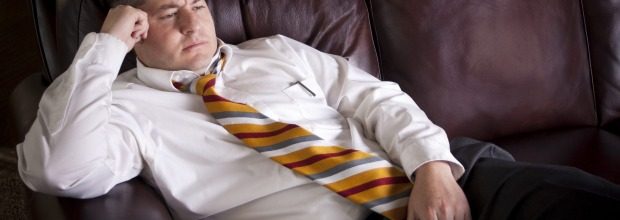Rotator cuff tears are a common source of shoulder pain and dysfunction, affecting millions of people worldwide. Whether from overuse, traumatic injury or age-related degeneration, understanding the prevalence, causes, and treatment options for rotator cuff tears is crucial for managing this condition effectively.
Prevalence
The prevalence of rotator cuff tendon tears can vary widely depending on the population studied and the diagnostic methods used. However, studies have consistently shown that rotator cuff tendon tears are relatively common, particularly among older adults.
Estimates suggest that approximately 25% of individuals over the age of 60 have some form of rotator cuff tendon tear. As people age, the prevalence of rotator cuff tears tends to increase, with a higher incidence observed in individuals over 70 years old.
It’s important to note that not all rotator cuff tears cause symptoms or require treatment. Many individuals may have asymptomatic tears that are discovered incidentally during imaging studies for other shoulder problems or unrelated conditions.
Additionally, the prevalence of rotator cuff tears may vary based on factors such as gender, occupation, and participation in certain sports or physical activities. Overall, while exact figures may vary, rotator cuff tendon tears are a common musculoskeletal condition that can significantly impact shoulder function and quality of life.
Causes
Age-related degeneration: The most common cause of rotator cuff tears is degeneration of the tendon over time. As we age, blood supply to the rotator cuff tendons decreases, making them more prone to injury and tears.
Traumatic injury: Acute tears can occur from a sudden trauma, such as a fall, lifting heavy objects, or a sports-related injury. These tears often result from a forceful impact or excessive stress on the shoulder joint.
Overuse: Repetitive overhead motions, such as those performed by athletes (e.g., baseball pitchers, tennis players) or workers in professions like painting or carpentry, can lead to overuse injuries of the rotator cuff tendons.
Treatment
The appropriate treatment for a rotator cuff tear depends on various factors, including the severity of the tear, the patient’s age and activity level, and their overall health. For small, partial tears or tears in patients with minimal symptoms, conservative treatments may be sufficient. This may include rest, activity modification, physiotherapy to strengthen the shoulder muscles and improve range of motion, and anti-inflammatory medications to alleviate pain and swelling. However, in some cases surgical intervention may be required for larger, more symptomatic tears or tears that do not respond to conservative treatments.
How Physiotherapy can help?
Physiotherapy plays a crucial role in the management of rotator cuff tendon tears, helping individuals reduce pain, improve shoulder function, and regain strength and mobility. Here’s how we can help:
Manual therapy techniques such as massage and joint mobilizations can also help decrease pain and muscle tightness.
Restricted range of motion is common in individuals with rotator cuff tendon tears. Physiotherapists design specific exercises to improve shoulder flexibility and restore normal joint movement. These exercises may include passive, active-assisted, and active range of motion exercises tailored to the individual’s needs and limitations.
Strengthening the muscles around the shoulder joint is essential for supporting the injured rotator cuff tendons and improving overall shoulder stability. Physiotherapists prescribe targeted exercises to strengthen the rotator cuff muscles as well as the muscles of the shoulder girdle and upper back. These exercises may include resistance band exercises, weights, or bodyweight exercises focusing on muscle endurance and control.
Neuromuscular re-education: Rotator cuff tendon tears can disrupt normal shoulder movement patterns and neuromuscular control. Physiotherapists employ specific exercises to retrain proprioception, coordination, and muscle activation patterns to optimize shoulder function and prevent further injury.
Physiotherapists also work with individuals to restore functional activities of daily living, work tasks, and recreational activities. This may involve task-specific exercises, functional training, and activity modification to gradually reintroduce and progress activities while minimizing the risk of re-injury.
Education is an integral part of physiotherapy for rotator cuff tendon tears. Physiotherapists educate individuals about their condition, treatment options, and self-management strategies to optimize recovery and prevent future injuries. This may include guidance on home exercises, activity modification, ergonomics, and lifestyle modifications.
Overall, physiotherapy plays a vital role in the comprehensive management of rotator cuff tendon tears, addressing pain, restoring function, and promoting optimal shoulder health and performance. By working closely with a physiotherapist, individuals with rotator cuff tears can often achieve significant improvements in shoulder function and quality of life.
Read More »



